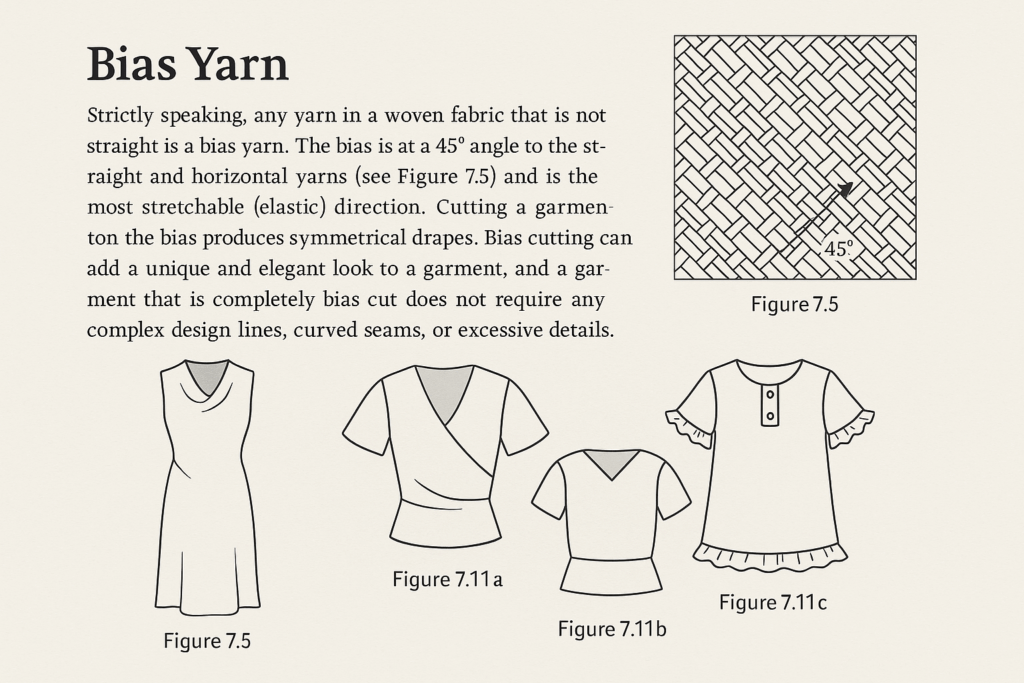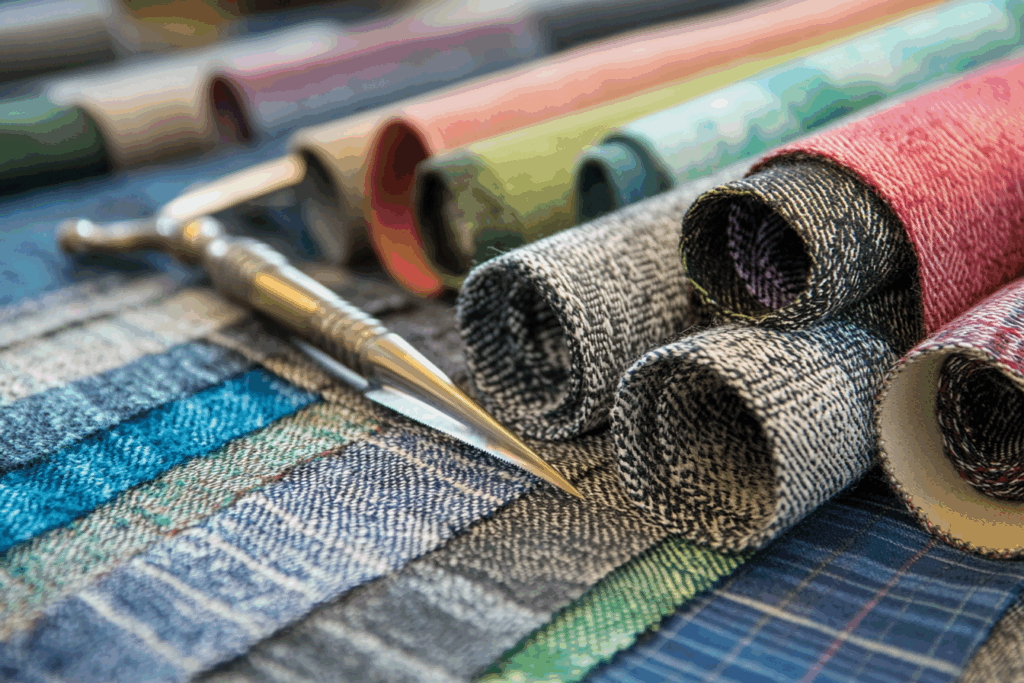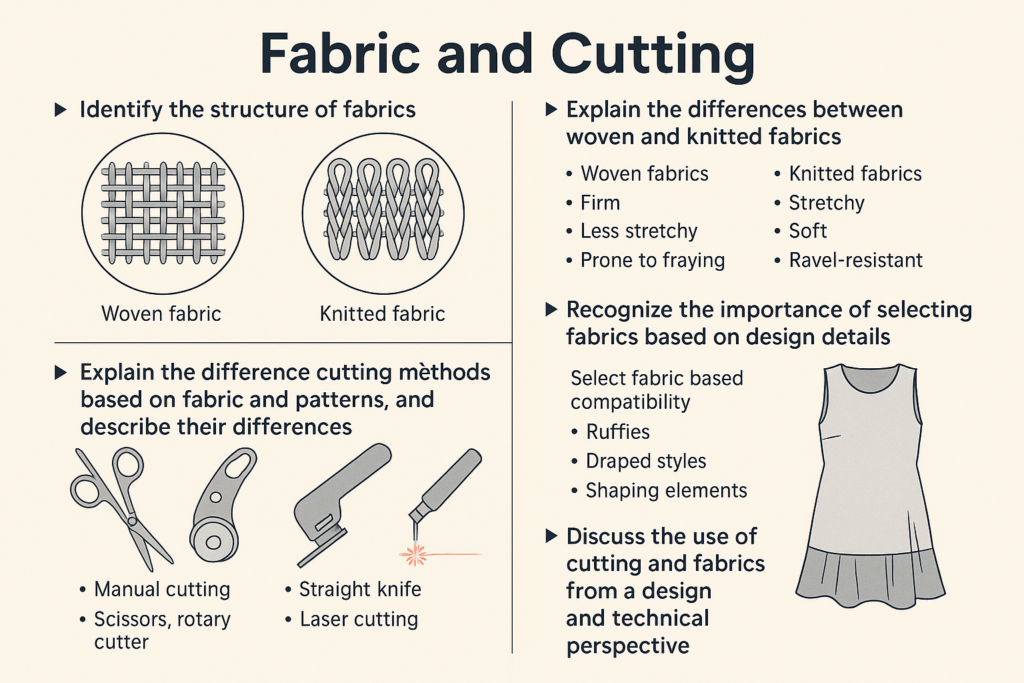Bias Yarn in Fashion Design: Structure, Use & Application
What is Bias Yarn?
In the context of textiles, bias yarn refers to any yarn in a woven fabric that runs diagonally—not aligned with the fabric’s warp (vertical) or weft (horizontal) direction. The true bias lies at a 45-degree angle to the warp and weft, making it the most elastic direction in a woven fabric.
Contrary to common misuse, the term “bias filament” is a contradiction. Bias yarn refers to how fabric is cut or oriented, not the yarn type itself.
✂️ Why Designers Use Bias-Cut Fabrics
Bias cutting is a popular technique in garment construction, especially in women’s fashion, where fluid drape, stretch, and silhouette are essential.
✅ Key Benefits:
- Natural elasticity for comfortable fit
- Elegant drape that flatters the body
- Symmetrical fall without complex seams or darts
- Enhanced movement in garments like skirts, dresses, and blouses
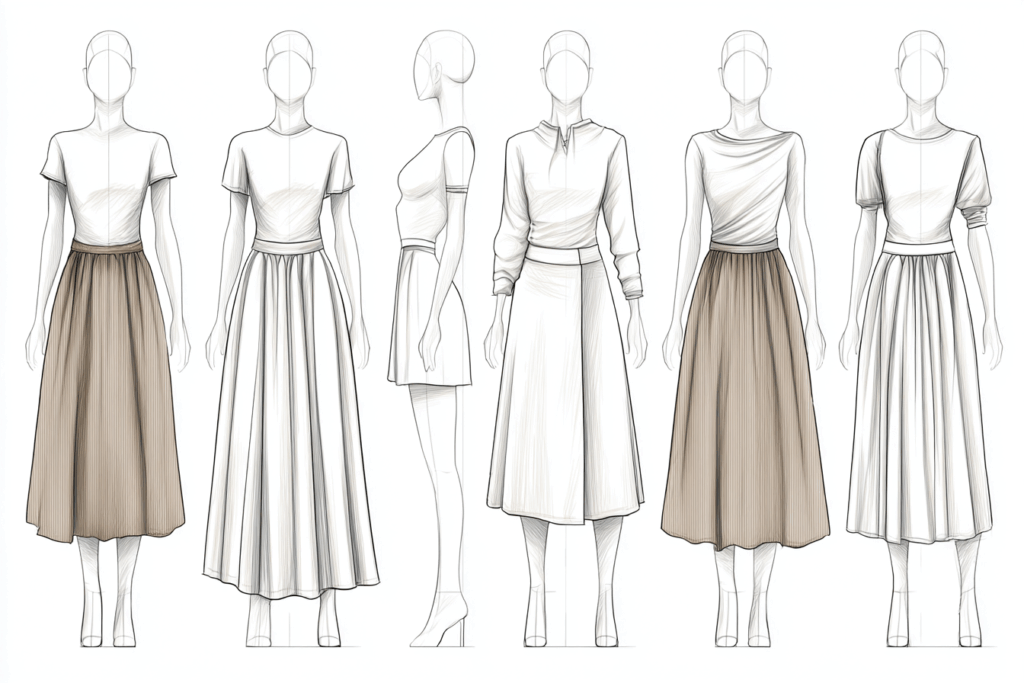
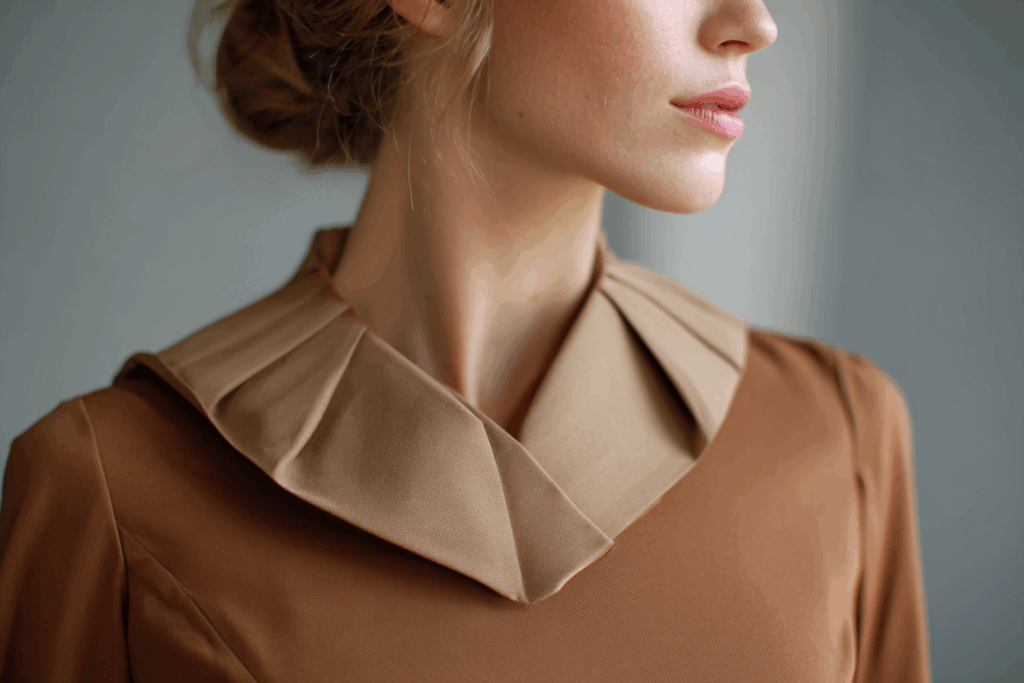
👗 Applications in Garments
| Area | Use of Bias Yarn | Benefit |
|---|---|---|
| Skirts (e.g. A-line) | Full bias-cut panels | Creates fluid, symmetrical drape |
| Collars | Bias-cut built-in draped collar | Better fit around curves |
| Waist inserts | Bias-cut inserts in dresses | Gentle stretch with clean shaping |
| Cuffs & Plackets | Decorative bias finish | Adds contrast and edge strength |
| Hems | Bias tape finishing | Flexible and decorative |
🚫 When Not to Use Bias Cutting
Bias cutting is not suitable for all fabrics or garments:
- Loose-weave or slippery fabrics: May distort shape
- Tight-fitting garments: Elbows, knees need structural integrity
- Trousers or pants: Usually require strong vertical structure
Still, partial bias use is beneficial. For example, a slightly skewed waistband or fly placket in trousers helps with comfort and shaping.
🎨 Design Considerations
Bias yarn is commonly used in:
- Ruffles and flounces (as seen on girls’ skirts)
- Necklines and armholes (keyhole necklines, scooped necks)
- Bias trims for collar lines, hems, or cuffs
Designers often plan these elements early during pattern development and must consider fabric stretch, yarn direction, and cutting technique for ideal results.
Conclusion
Using bias yarn orientation is a cornerstone of elegant fashion design. It enhances aesthetics, improves wearability, and offers creative freedom for details like collars, ruffles, or trims. Understanding when and how to apply bias cutting empowers both pattern makers and designers to build high-quality, stylish garments.
